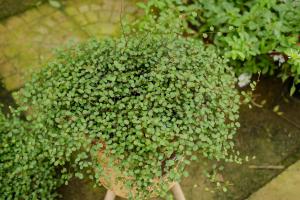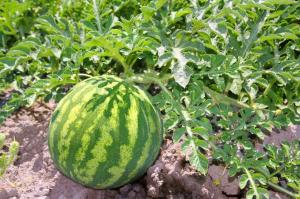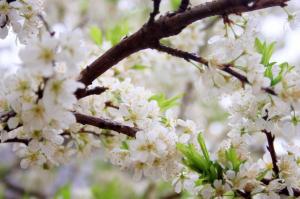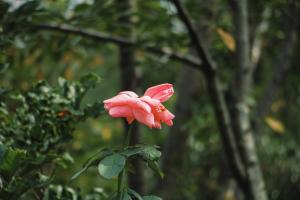When to Plant Landscape Trees
Landscape trees are a great addition to any outdoor space. They add beauty, shade, and can even help to increase the value of your home. However, planting trees is not as simple as digging a hole and placing a seedling in it. The timing of when you plant your landscape trees is crucial to their survival and successful growth.
Spring Planting
Spring is often considered the best time to plant landscape trees. As the weather warms up and the soil thaws, trees are able to establish their roots and take advantage of the plentiful moisture and nutrients in the soil. This is especially important for young trees that are still developing their root systems.
However, it's important to keep in mind that spring planting can vary depending on your location and climate. In areas with harsh winter weather, late spring may be a better time to plant to ensure the soil has fully thawed and the risk of frost has passed. Consult with a local nursery or arborist to determine the best time to plant in your specific area.
Fall Planting
Fall is also a good time to plant landscape trees, particularly in areas with mild climates. The cooler temperatures and higher rainfall in the fall allow trees to establish their roots without the stress of summer heat. Additionally, the soil is still warm from summer, which can encourage root growth.
However, it's important to avoid planting too late in the fall, as trees need time to establish their root systems before the ground freezes. As a general rule, avoid planting trees within six weeks of the first frost date in your area.
Summer Planting
While not the ideal time to plant landscape trees, summer planting can still be successful with careful planning and attention to watering. The main challenge with summer planting is the heat and potential for water stress in the trees. To mitigate this, it's important to plant in the early morning or late afternoon to avoid the hottest part of the day. Additionally, frequent and deep watering is crucial to ensure the trees remain hydrated.
It's important to note that summer planting is not recommended for all tree species. Some trees, particularly those with larger root balls or those that are already stressed or weakened, may not survive a summer planting.
Winter Planting
Winter is generally not recommended for planting landscape trees. The cold temperatures and frozen soil make it difficult for trees to establish their root systems and can increase the risk of damage or death. Additionally, winter planting can be stressful for trees that have already lost their leaves and are potentially in a weakened state.
However, there are some situations where winter planting may be necessary, such as with bare-root trees or in areas with mild winters. In these cases, it's important to take extra care to protect the trees from the cold and provide adequate water.
Conclusion
The timing of planting landscape trees is crucial to their survival and successful growth. While spring and fall are generally considered the best times to plant, summer and winter can also work in some situations. Consult with a local nursery or arborist to determine the best time to plant for your specific climate and tree species.

 how many times do yo...
how many times do yo... how many planted tre...
how many planted tre... how many pine trees ...
how many pine trees ... how many pecan trees...
how many pecan trees... how many plants comp...
how many plants comp... how many plants can ...
how many plants can ... how many plants and ...
how many plants and ... how many pepper plan...
how many pepper plan...































